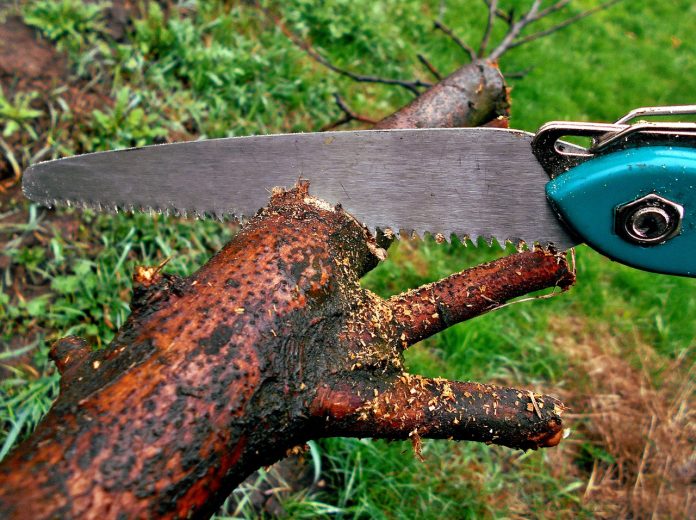
“Will summer pruning hurt the tree?” This is a question that we get often, and while there are a few exceptions, e.g. preventing the spread of disease, the International Society of Arboriculture assures that most healthy trees can be pruned at any time of year without causing harm to the tree.
Trees have a remarkable way of dealing with wounds, commonly known as CODIT. CODIT stands for “Compartmentalization of Decay in Trees”. What this means is that trees never “heal” their wounds, but instead they form barriers around the wound to prevent the decay from spreading into other areas of the tree. This is why it is so important to make a pruning cut at the proper location, to ensure that the tree can compartmentalize the wound properly. CODIT is most active during the growing season.
Summer pruning can also help achieve a desired shape, as some branches may hang a little differently under the weight of leaves. It is also easier to spot deadwood during the summer. Fruit producing trees can be pruned after bloom, in order to control fruit production. Lilacs can be deadheaded in early summer to increase the number of blossoms for the following year.
Elm trees may be pruned only between October 1st and March 31st in order to prevent the spread of Dutch Elm Disease. Check out www.stopded.org for more information on Dutch Elm Disease.
Some Cherry variety trees, including Mayday and Schubert Chokecherry, are susceptible to a disease called Black Knot. It is best to wait for the colder seasons to prune these trees to prevent the spread of Black Knot.
Hire a professional arbourist if you are unsure of how to safely prune your trees.









